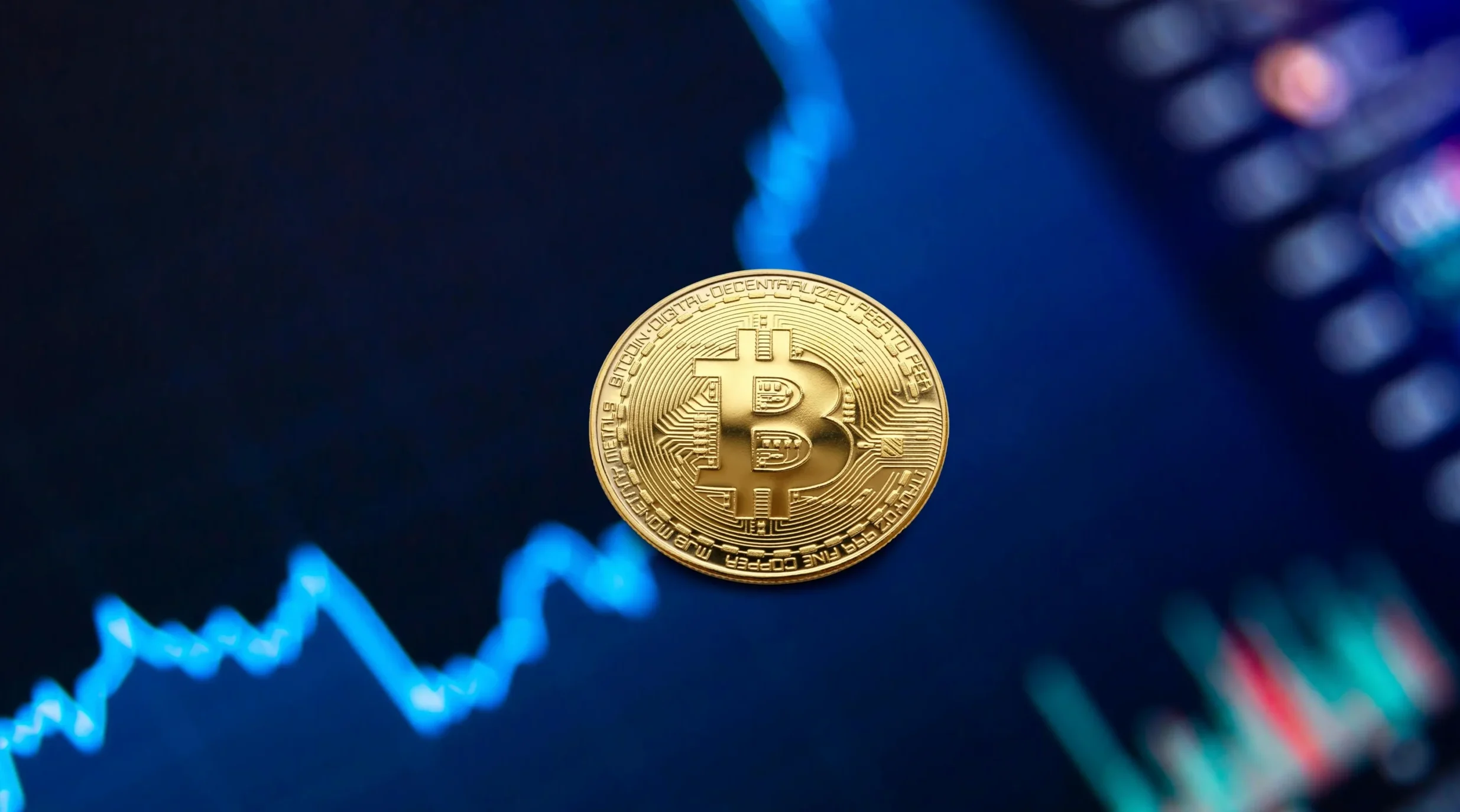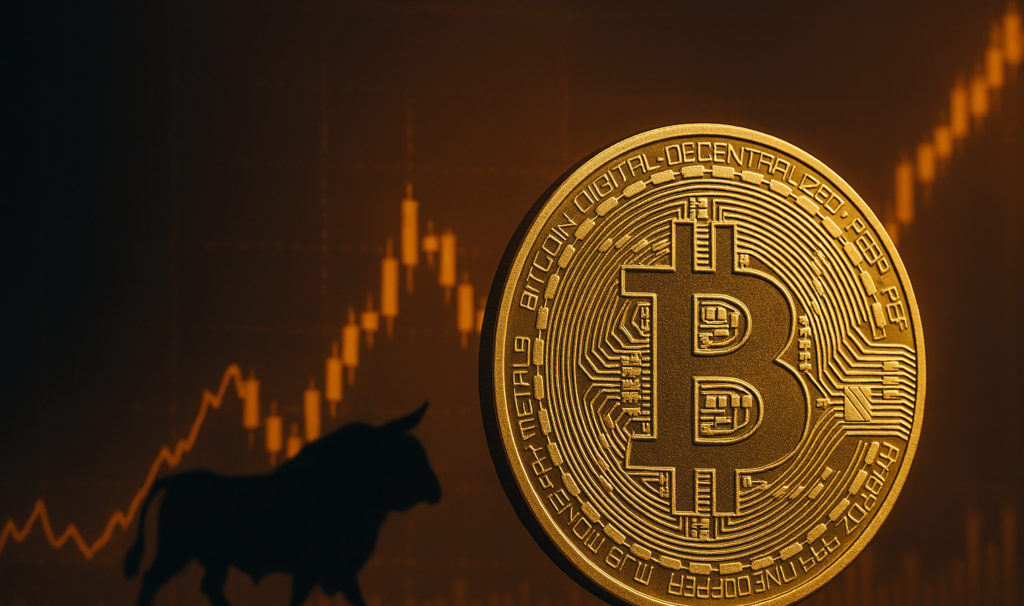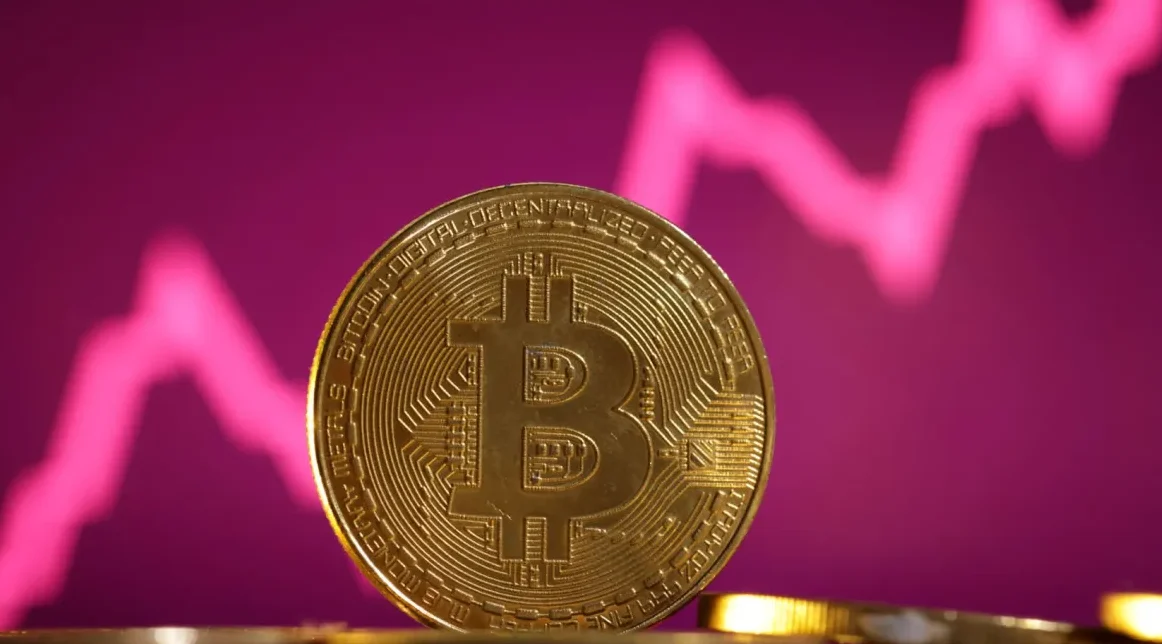As Bitcoin gets closer to the third quarter of 2025, the Crypto Market is buzzing with excitement. There is a common story among investors, experts, and the financial media: Traditionally, the years after the halving have been good for the market, especially in Q3. Bitcoin’s unique monetary policy, which is based on programmed halvings, has established a cycle that people in the market can expect. The halving mechanism lowers the block reward for miners, which slows down the rate at which new Bitcoin enters circulation. This makes the price go up while demand stays the same or goes up. This phenomenon, which is based on the economics of digital scarcity, has become one of the most important factors in Bitcoin’s long-term rise.
The Bitcoin halving in April 2024 cut the rewards for mining from 6.25 BTC to 3.125 BTC each block. This sudden drop in new supply laid the foundation for what many think might be another historic surge. People who track the market are keeping a close eye on Q3, which has been a significant turning point in past halving cycles, to see if the same optimistic story will play out again.
Q3 Signals Post-Halving Surge
A close study at past halving years shows a strong pattern that shows why Q3 is so important. Bitcoin’s price went up a lot in the second half of 2013, after the 2012 halving. By November, it had reached a new all-time high. In the third quarter of 2017, Bitcoin followed a similar path as it did after the 2016 halving, rising from about $2,500 to more than $10,000 in just a few months. The year after the halving in 2020 was the same. Bitcoin went up beyond $60,000 by the end of 2021 after falling in the middle of the year. These trends show that the market is taking longer to react to the halve event because supply problems are slowly changing how people act in the market.
Q3 is especially interesting because it is frequently the time when the market mood changes. After a halving, prices may stabilise or even drop for a brief time, but prices usually start to change in the third quarter when there is less of anything. Investors who know about this time lag start buying ahead of a bigger rise, which strengthens the bullish cycle by increasing demand and lowering the amount of supply that is available.
Global Shifts Boost Bitcoin Appeal
In 2025, the macroeconomic situation is far more complicated than it was in prior post-halving years, and it is having a big effect on Bitcoin’s future. The Federal Reserve has changed its position to be more accommodating because inflation has slowed down after a long period of tightening money. The financial system’s lower interest rates and more cash have made global investors more willing to take risks. Bitcoin, which is sometimes called a digital hedge against inflation and currency devaluation, is becoming more and more appealing in this situation.
Bitcoin has also become more popular because of tensions between countries around the world, such as trade disagreements between major economies and rising regional conflicts. Because the asset is decentralised, it is not affected by localised monetary policy shocks or capital limits. This makes it appealing to people and institutions looking for a safe place to put their money away from traditional financial uncertainties. Bitcoin is becoming more popular as an alternative financial system in emerging nations, especially those with currency crises or hyperinflation. This is making the worldwide demand even higher.
ETFs and Institutions Drive Scarcity
The role of institutional investors is a big difference between the 2025 cycle and previous halving years. Since spot Bitcoin ETFs were approved in early 2024, money from traditional finance has been flowing in quickly. BlackRock, Fidelity, VanEck, and Ark Invest are just a few of the companies that have made very popular ETFs that let people invest in Bitcoin in a regulated way. These ETFs have billions of dollars in assets under management, which shows that more and more people believe that Bitcoin is a real and investable asset class.
The emergence of these ETFs has also led to a smaller supply of liquid assets. Spot ETFs must hold real Bitcoin to back investor shares, which means that a lot of BTC is being taken out of circulation on exchanges and stored in cold wallets. This pattern makes the supply shock that started with the halving worse, which makes the scarcity effect stronger. With institutional demand showing no signs of slowing down and retail interest starting to come back as prices go up, the stage is set for prices to keep going up.
On-Chain Data Confirms Supply Squeeze
On-chain statistics back up the idea that the market is getting tighter. Data from sites like Glass node, Into The Block, and Crypto Quant show that Bitcoin balances are going down on centralised exchanges. This is a clear sign of Holding behavior. Long-term holders are buying more Bitcoin, while miners are selling less and keeping their Bitcoin in the hopes that values will go up in the future. These factors make the market less liquid, which means that even small increases in demand might cause prices to rise too much.
Also, hash rate data shows that miners are focusing on making their operations more efficient instead of selling their shares. This shows that people are confident in Bitcoin’s price potential over the long term. Because of the halving, mining costs have gone up, thus it makes sense for miners to hold on to their BTC till it goes up more. This lowered the pressure on miners to sell, and the fact that exchange reserves are going down makes for a bullish supply-side story.
FOMO and Sentiment Fuel Momentum
Investor mood is a big deal in financial markets, and Bitcoin is no different. People often act based on the idea of scarcity rather than the real decrease in availability during post-halving cycles. As more and more media outlets report on the situation and influencers offer positive predictions, people in the market react by purchasing and holding in the hopes of making big profits in the future. Platforms like Lunar Crush and Sentiment reveal that there is a lot more positive talk about Bitcoin, which suggests that retail interest is on the rise again.

During the third quarter of post-halving years, the psychological effects of FOMO, or fear of missing out, are very strong. As early adopters start to make money from rising prices, other investors hurry to get in on the action, which creates a feedback loop that speeds up momentum. When you add in tightening supply and macroeconomic tailwinds, these behavior trends make the perfect conditions for the market to grow quickly.
Regulatory and Macro Risks Remain
Even while things look good, there are still risks. There is still a lot of confusion about rules in the crypto realm, especially in places like the US and the EU. Any changes to policies or actions taken against investors that are not good could make them less likely to invest. There are also worries about market manipulation, especially when a tiny number of wallets hold a lot of Bitcoin.
Bitcoin’s price could also change because of external macro shocks, such a sudden rise in inflation or geopolitical instability that makes it harder for money to move around the world. Also, if not appropriately dealt with, technological hazards like protocol weaknesses or problems with new Layer 2 solutions could make people less confident.
Final thoughts
Bitcoin’s long-term outlook is still very good, even after this quarter. The asset is still gaining popularity as a way to store and trade value that is decentralised and can’t be censored. Improvements to the Lightning Network and integration with decentralised finance protocols are making Bitcoin more useful than just a way to invest.
Businesses and governments are also paying attention. Some countries are looking into using Bitcoin for remittance infrastructure and to spread out their reserves. More and more companies, from small fintech startups to big banks, are creating services that use Bitcoin. This shows that they are starting to see how important it is in the changing digital economy.



